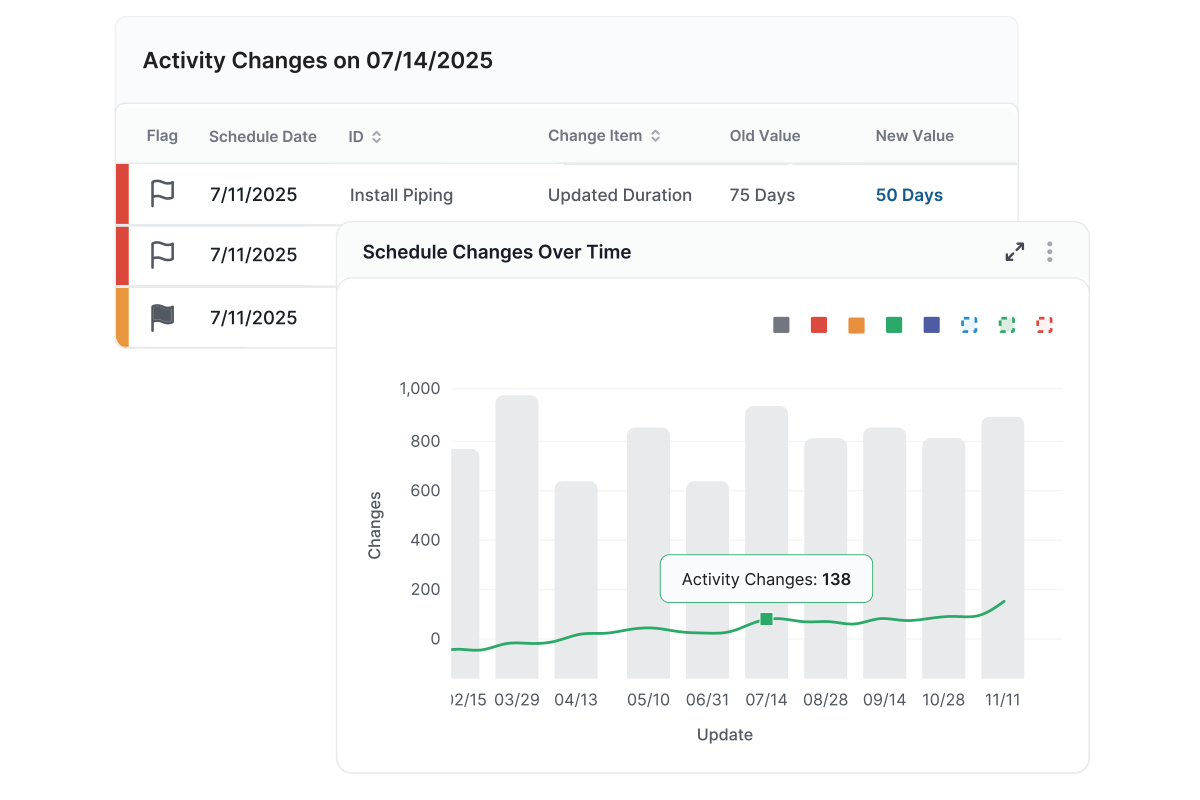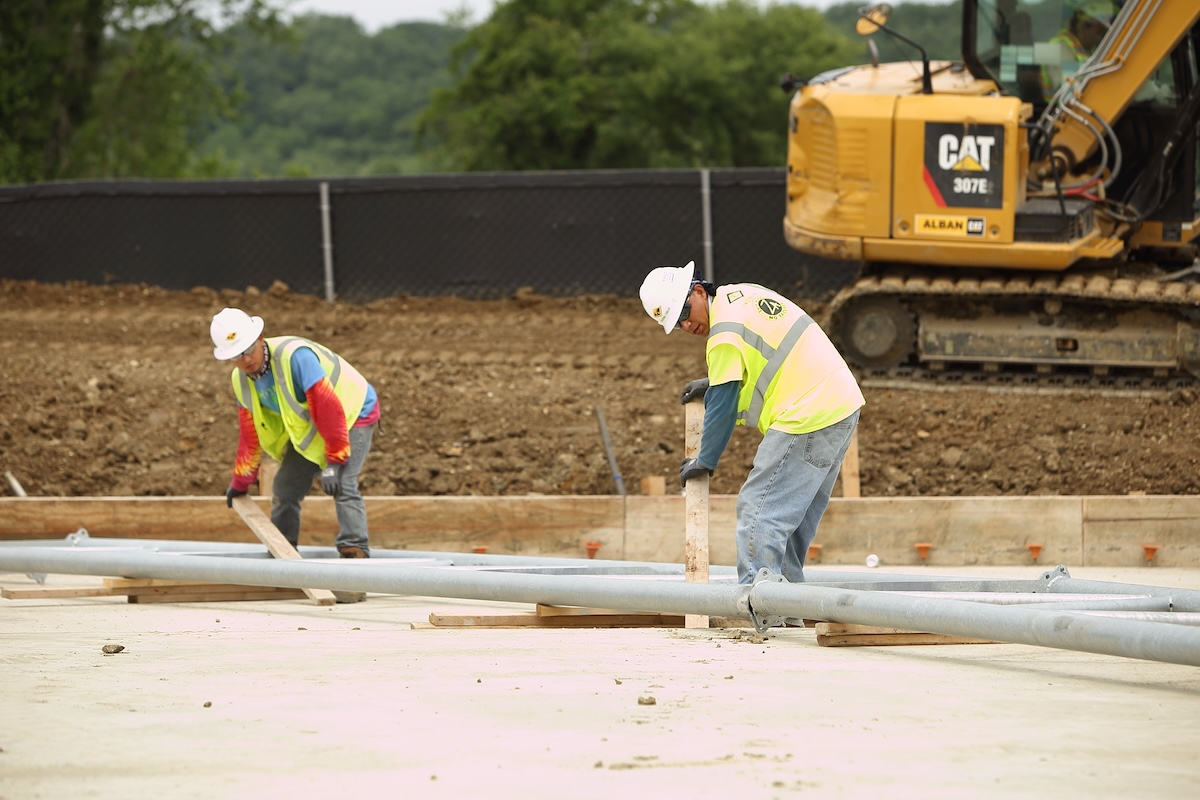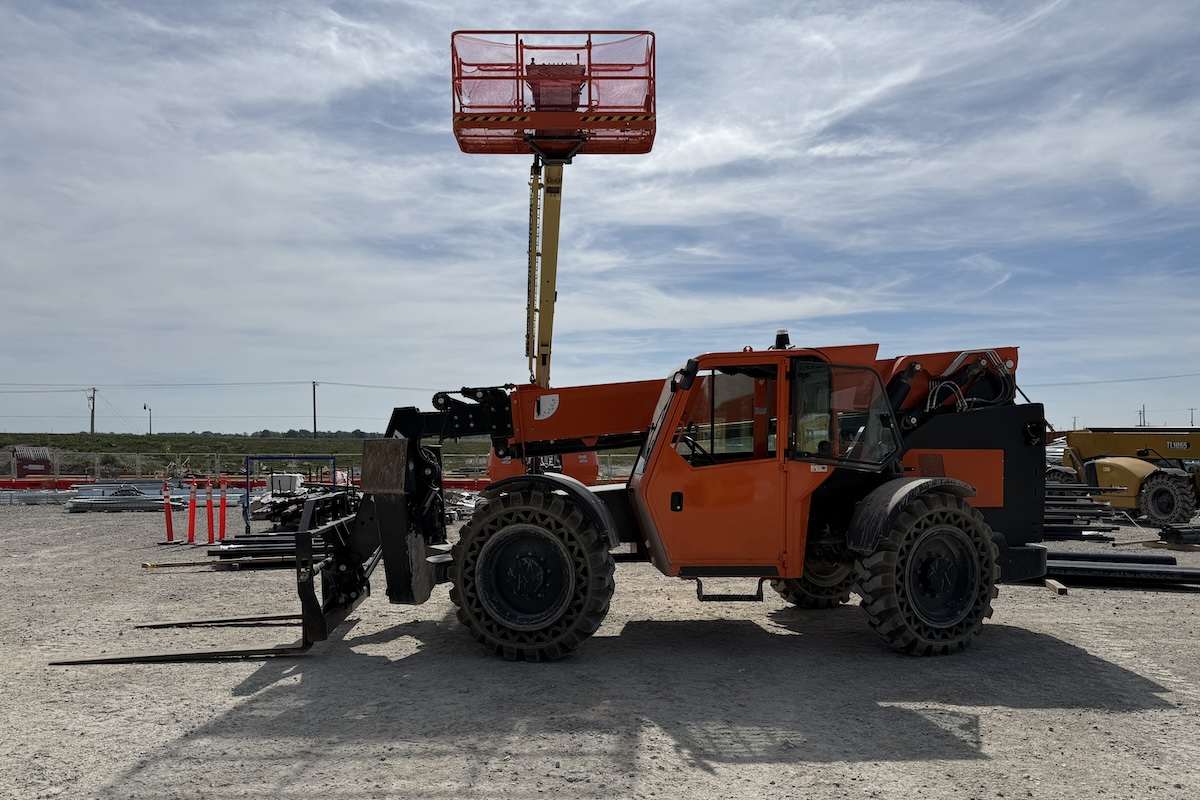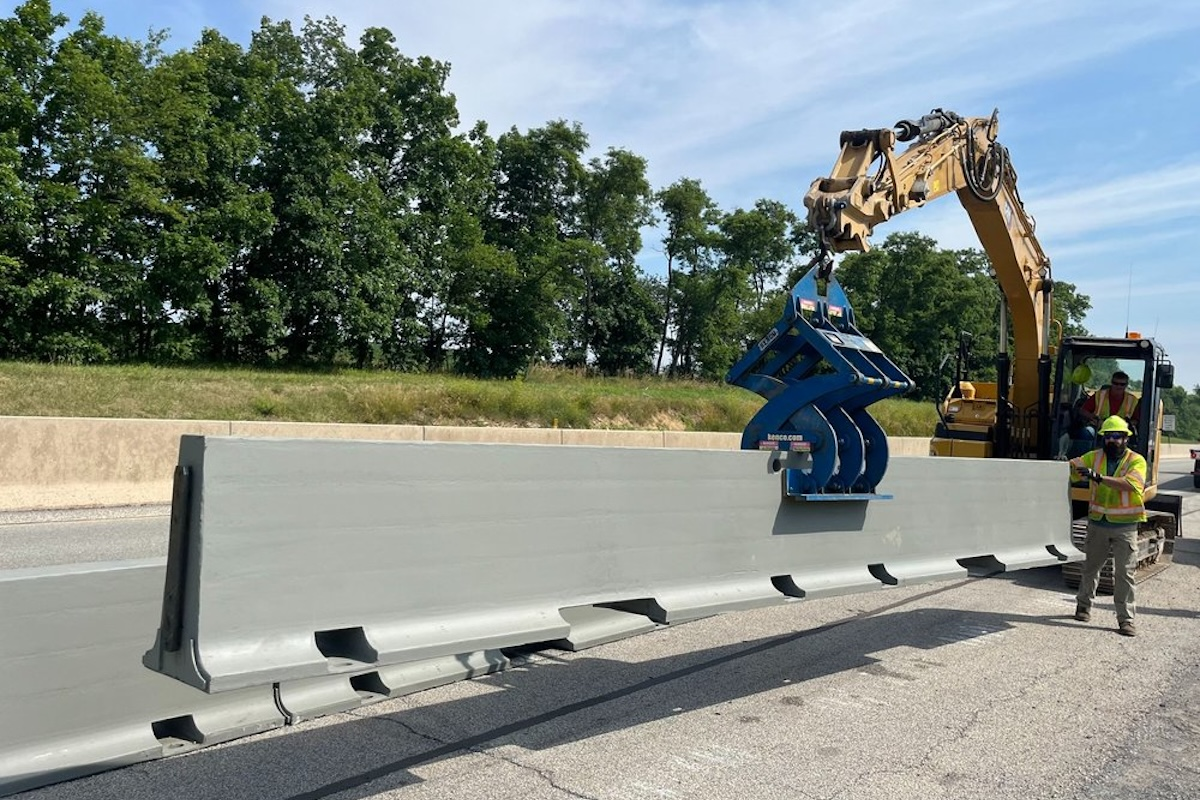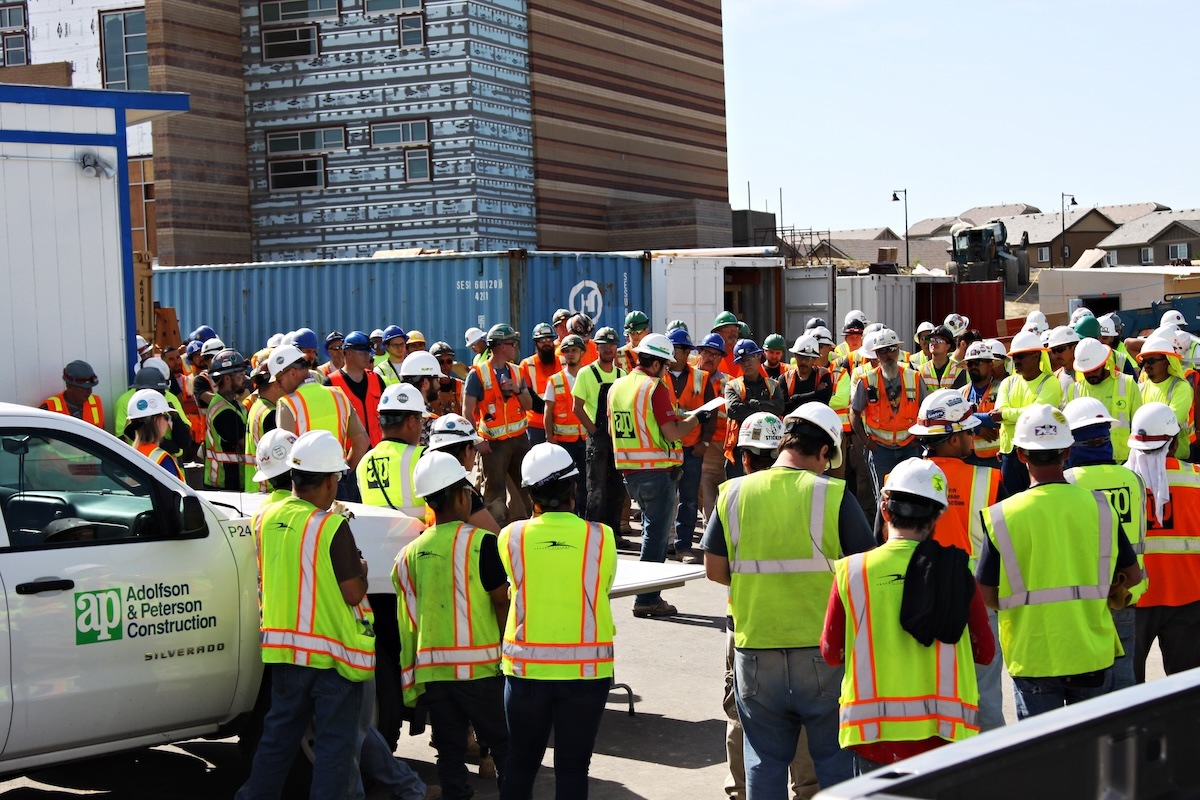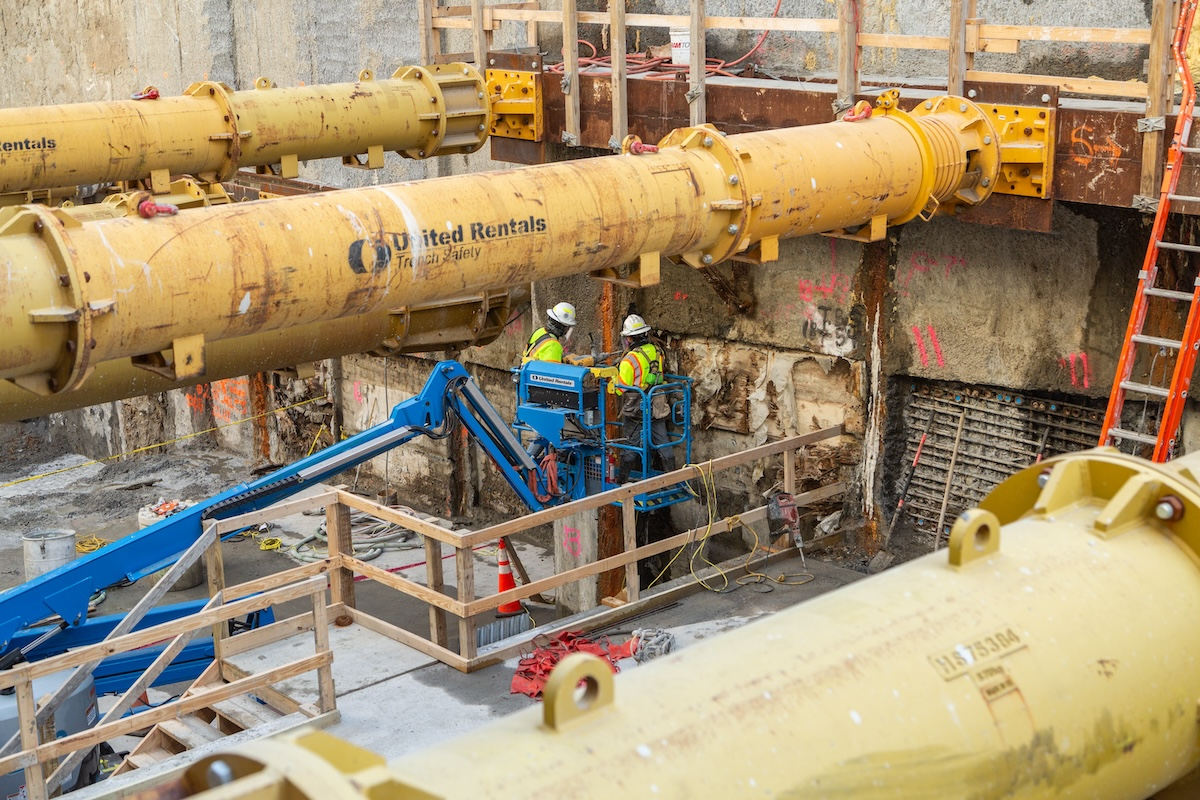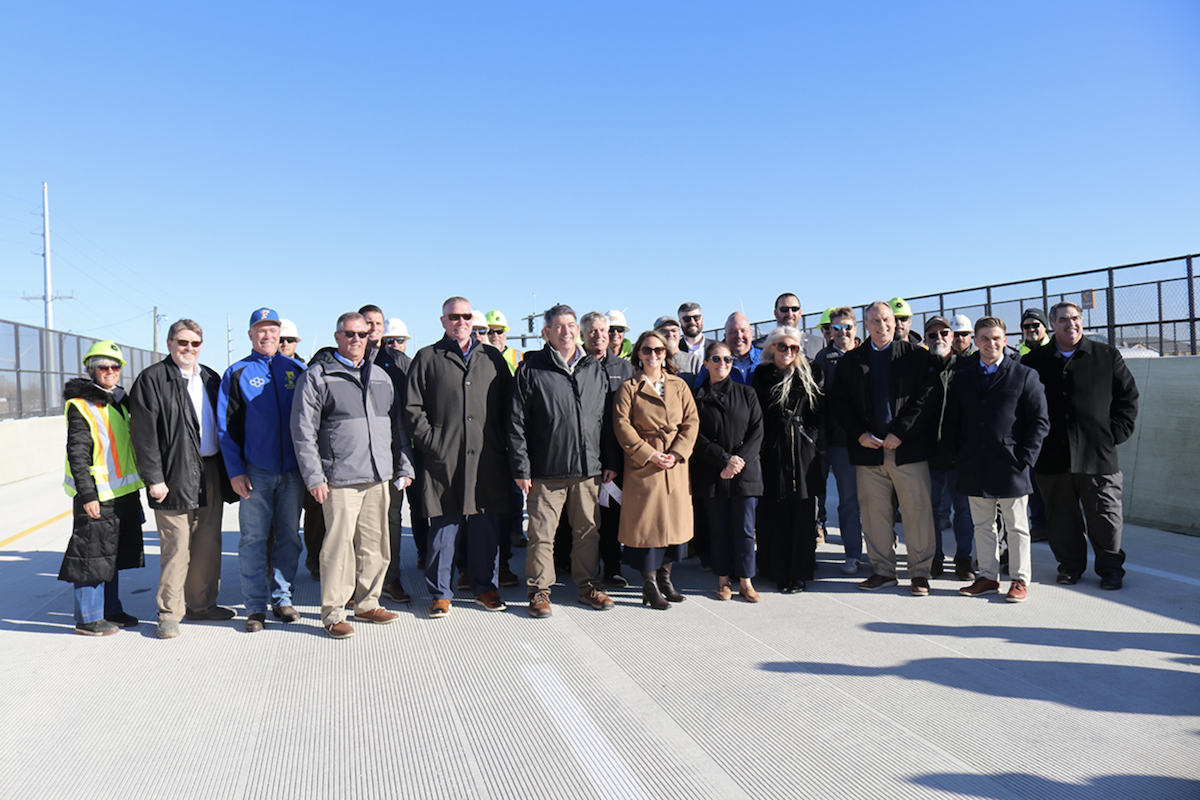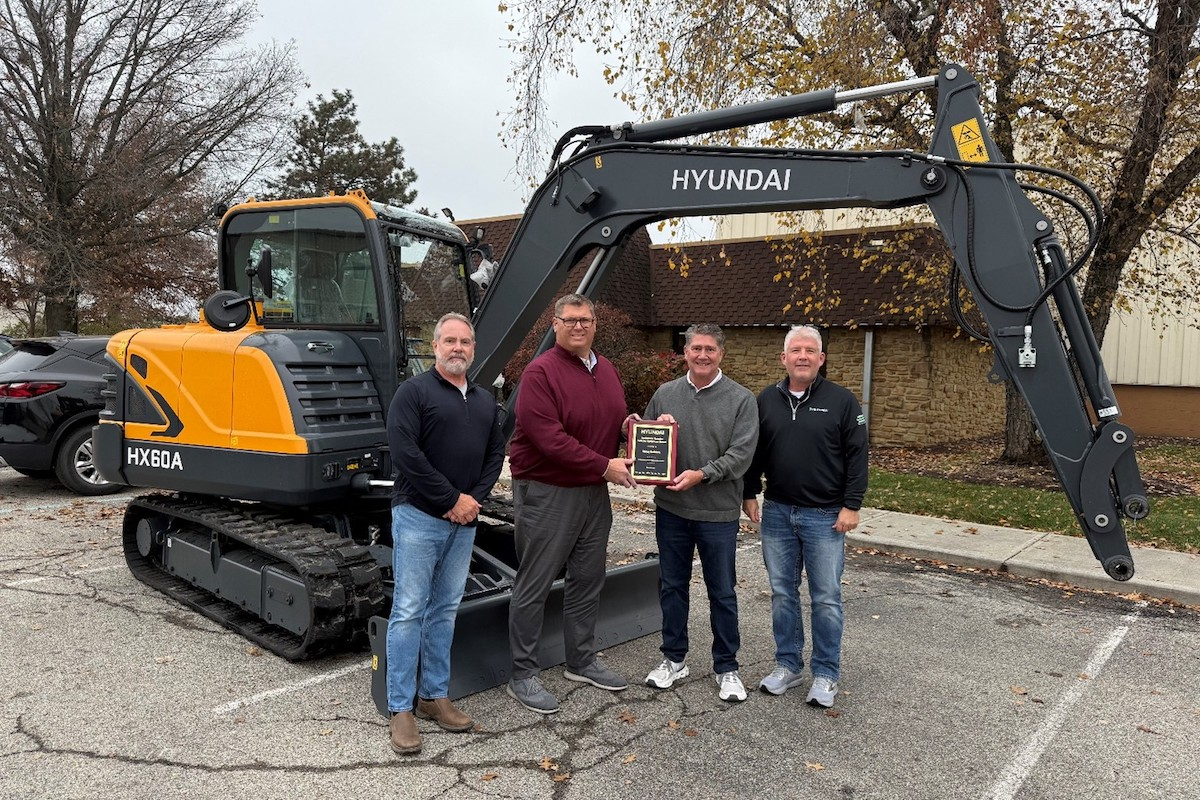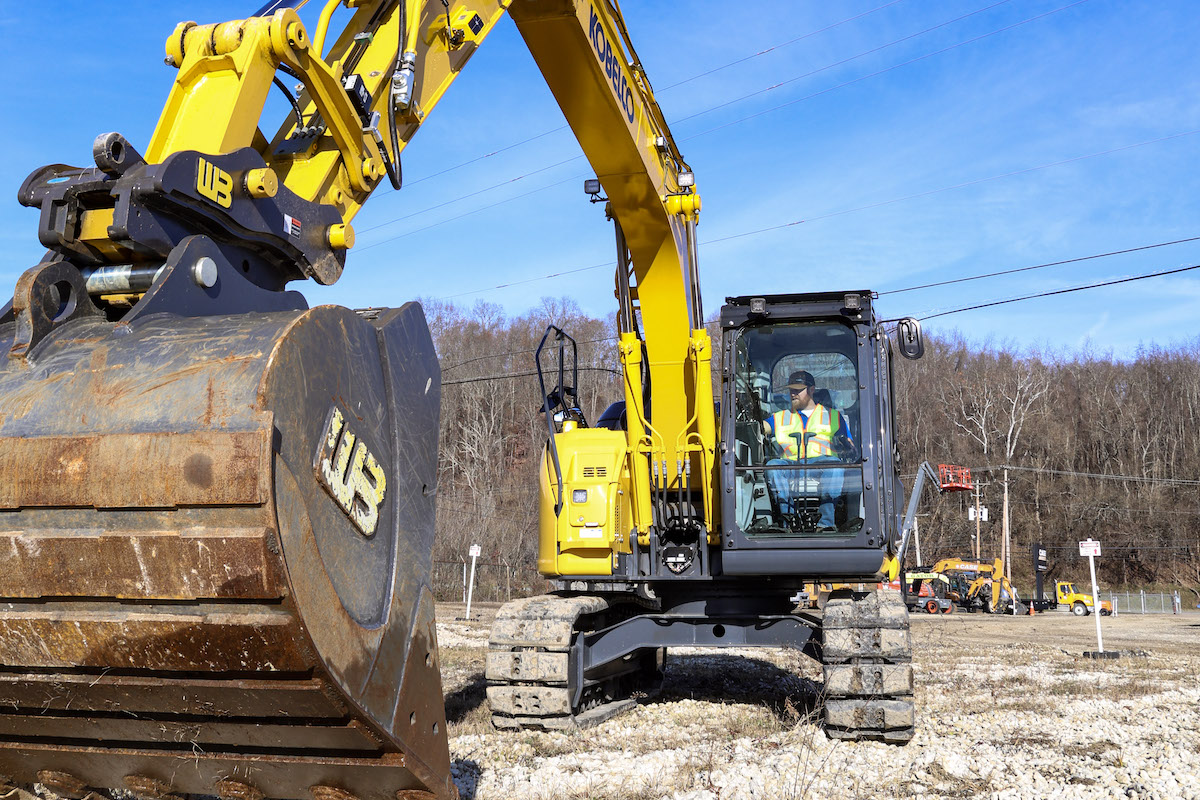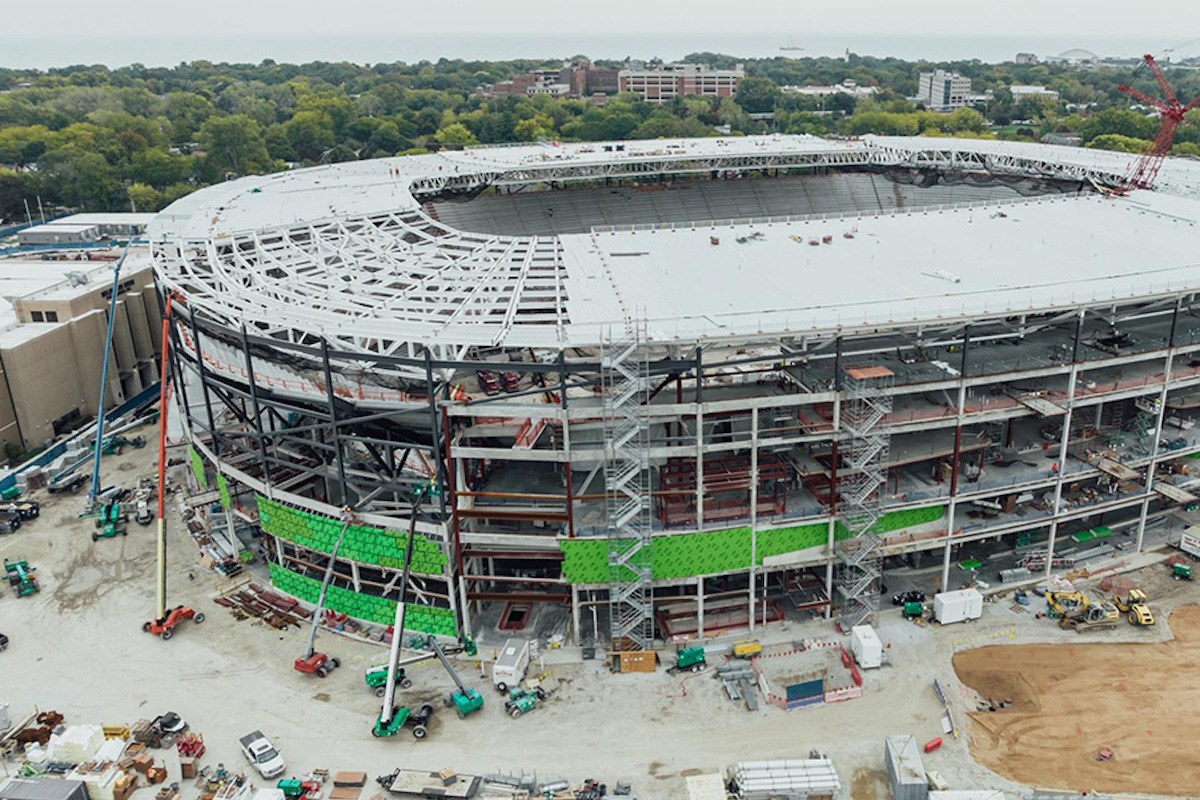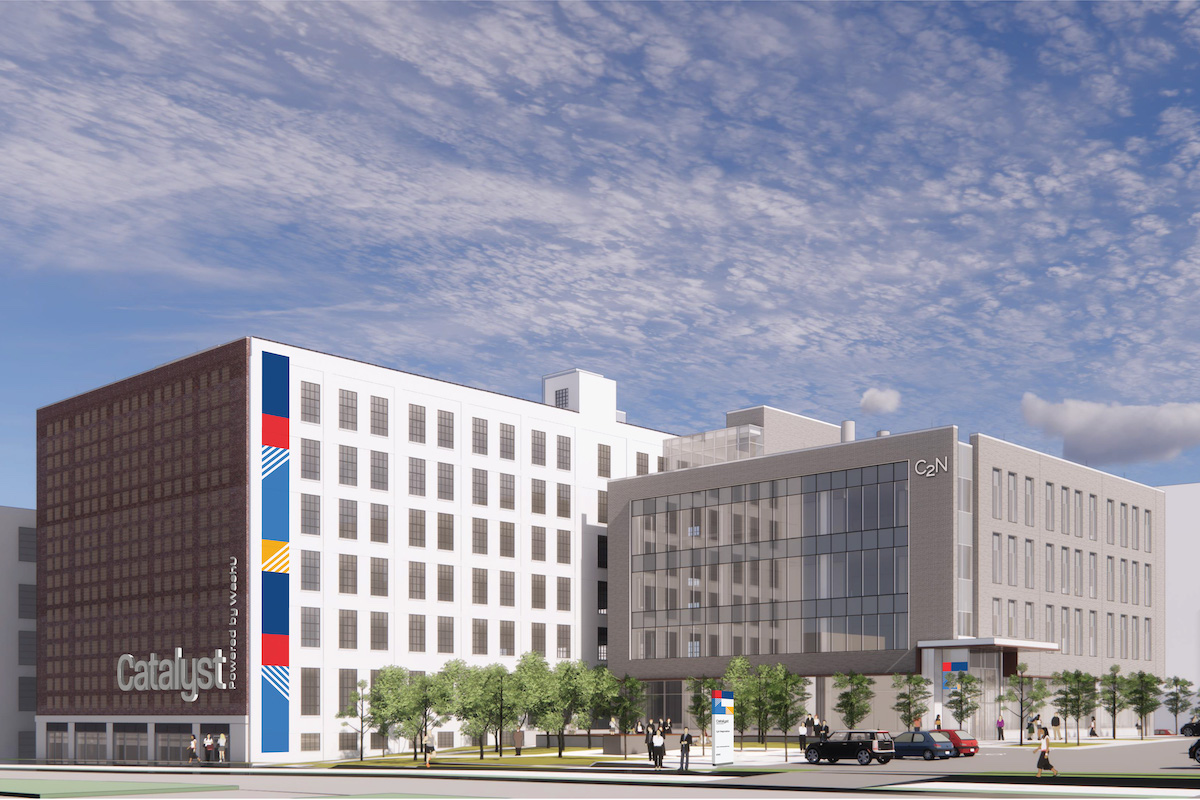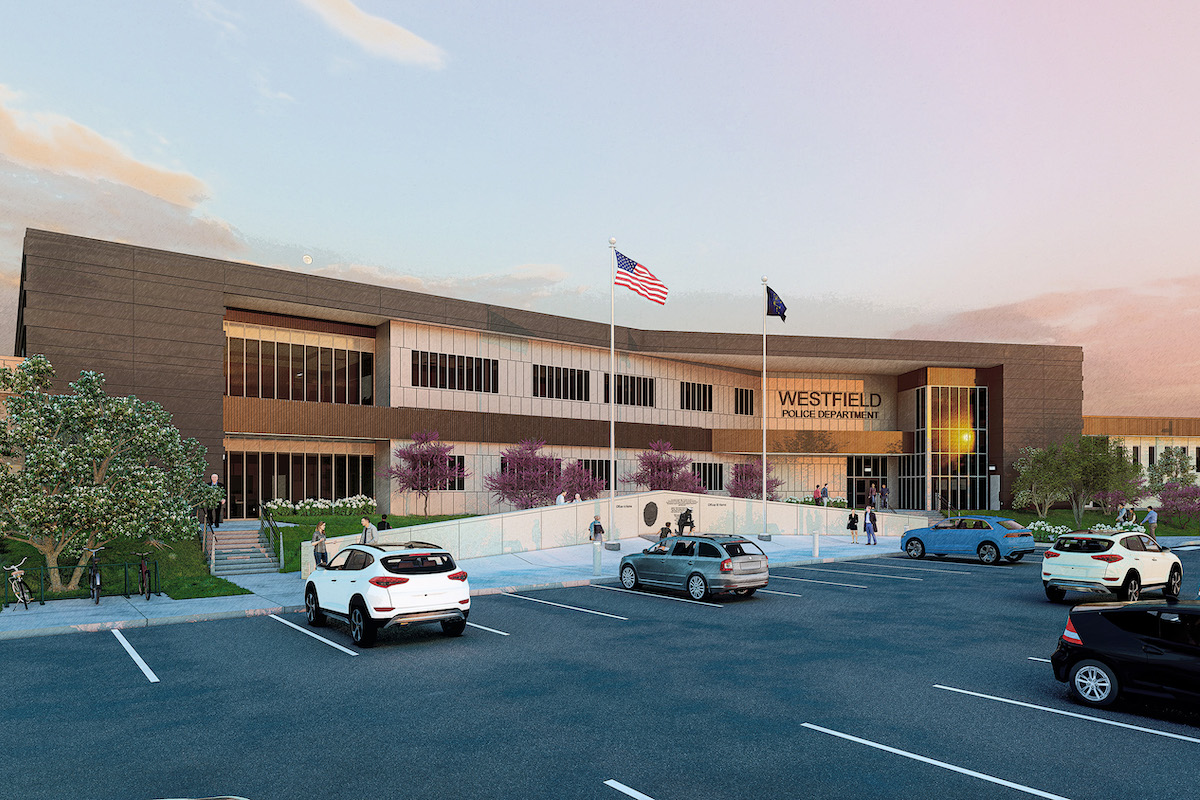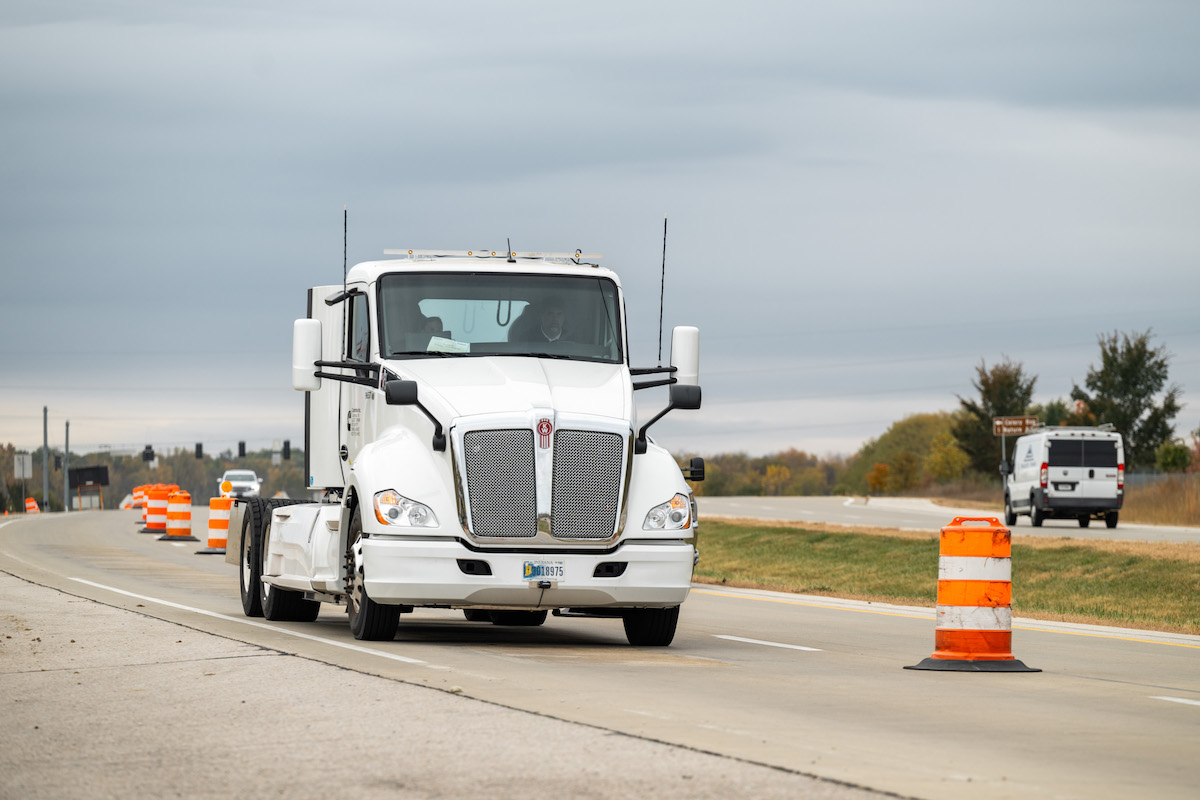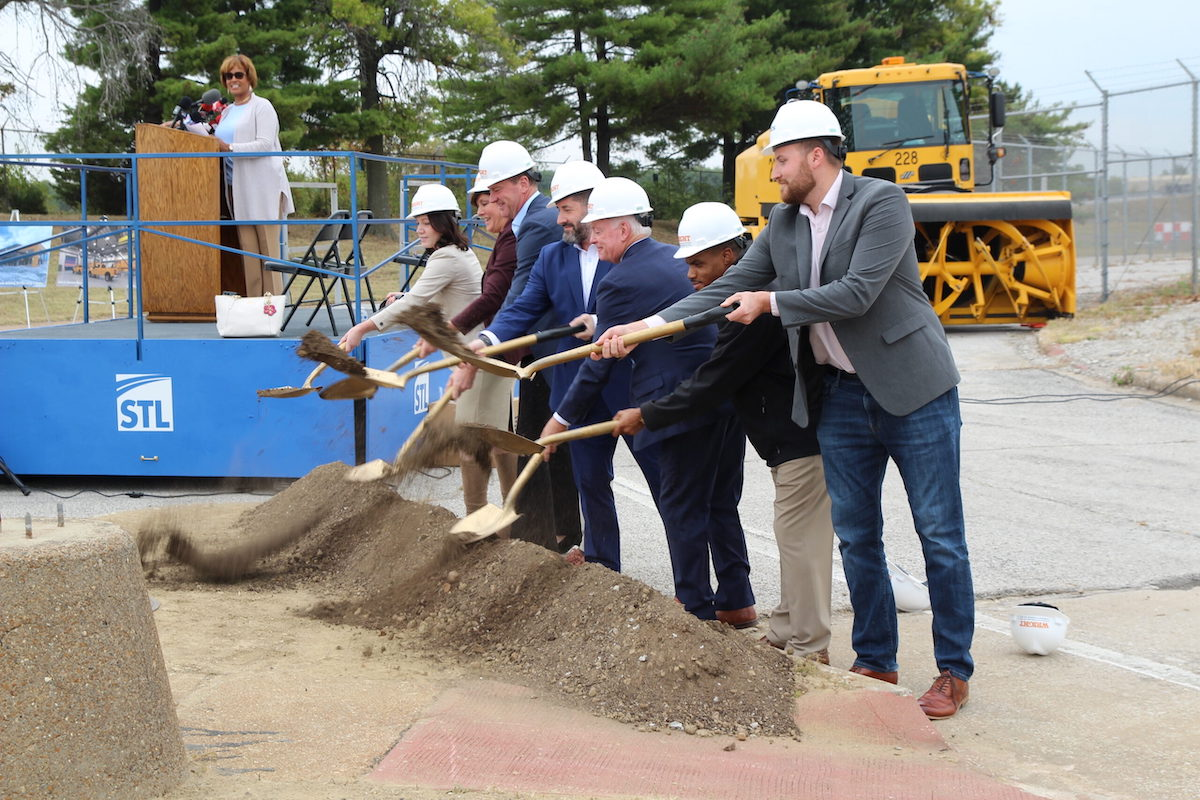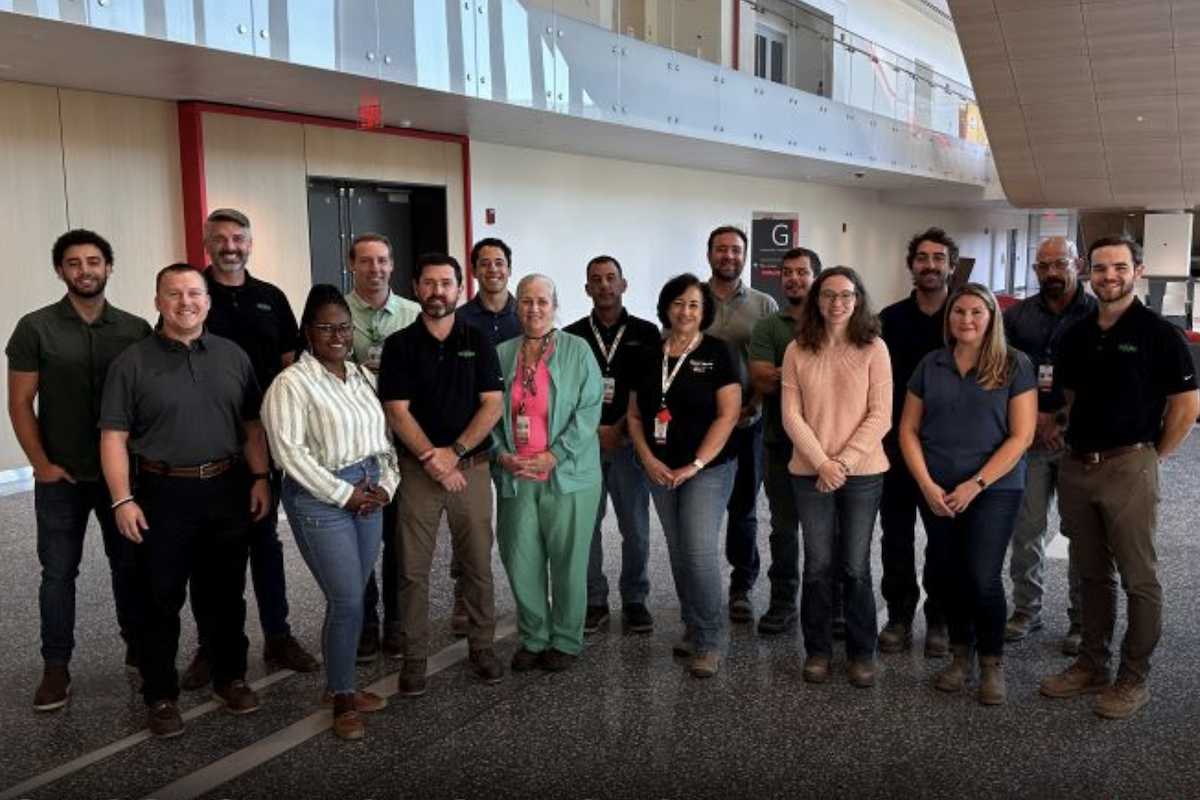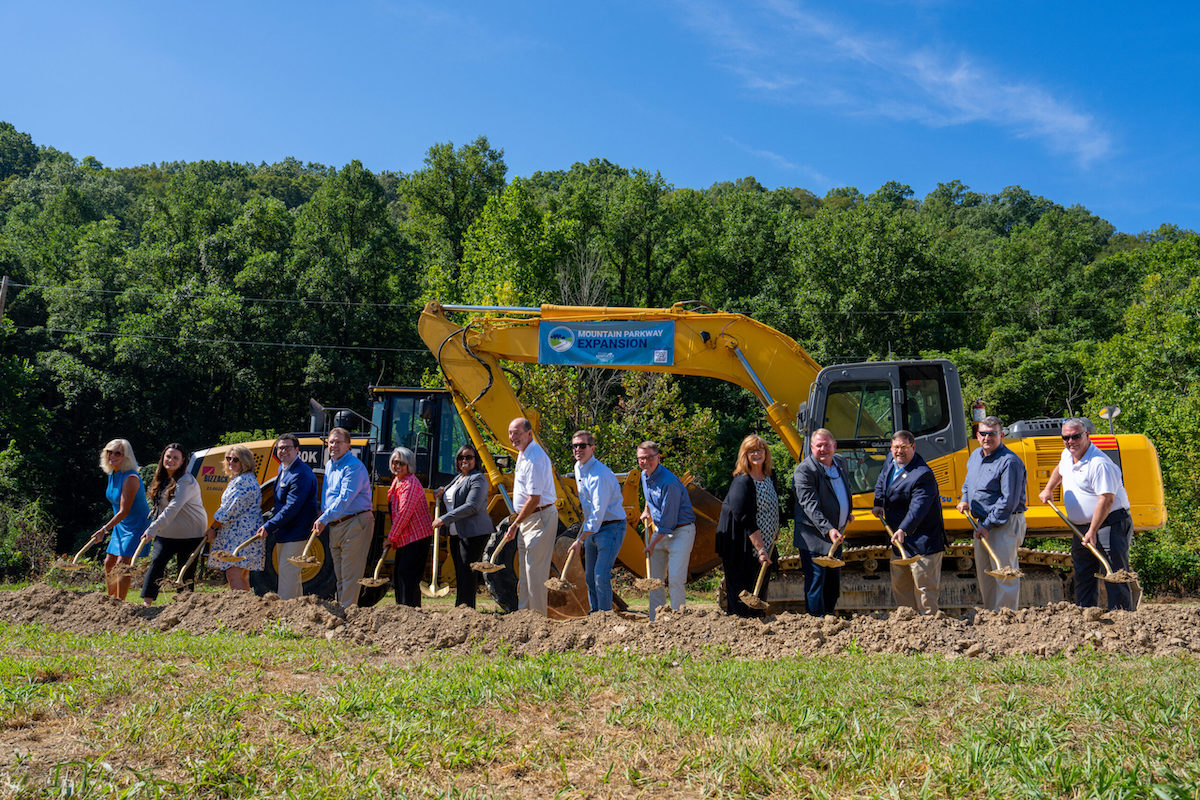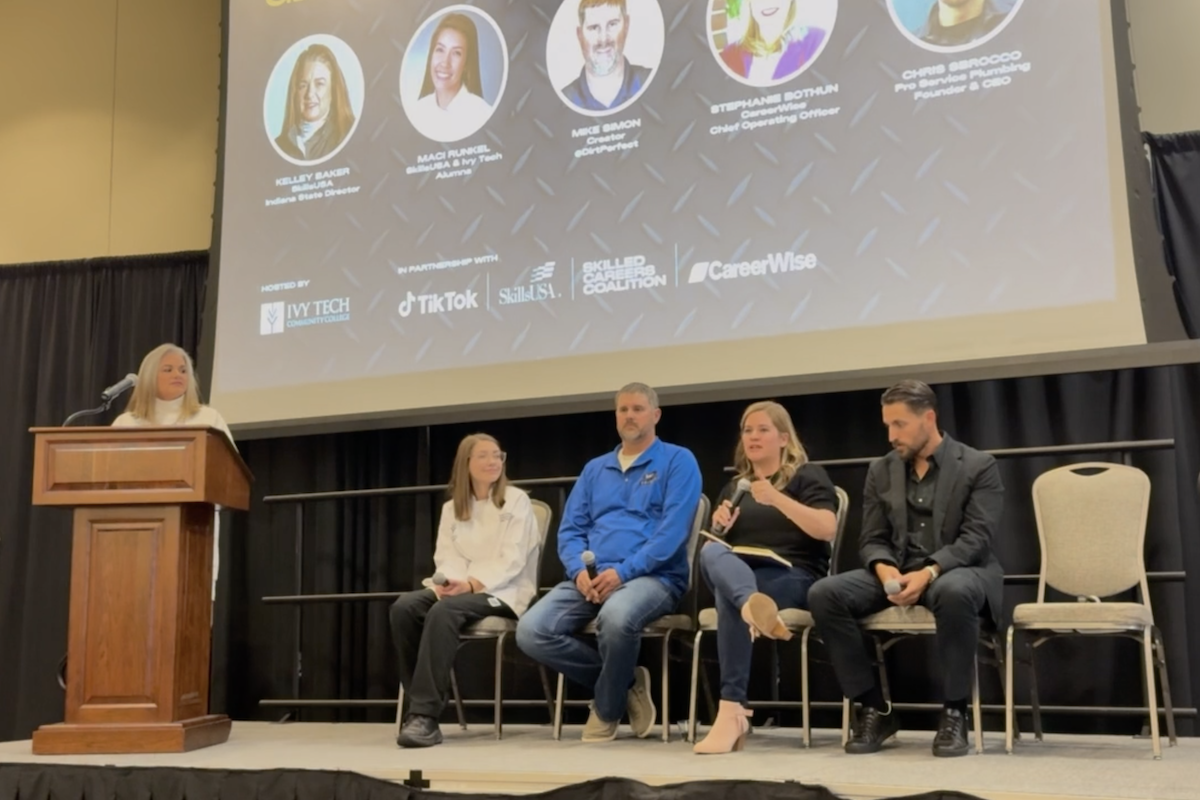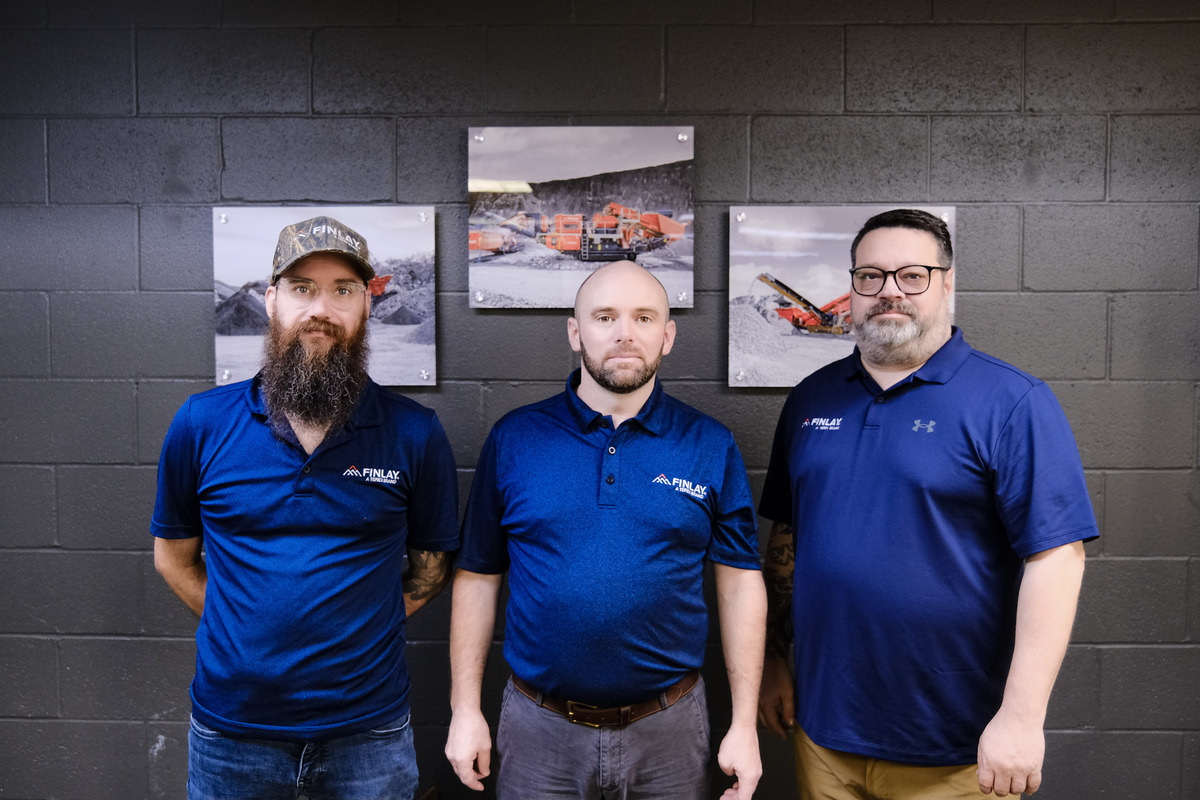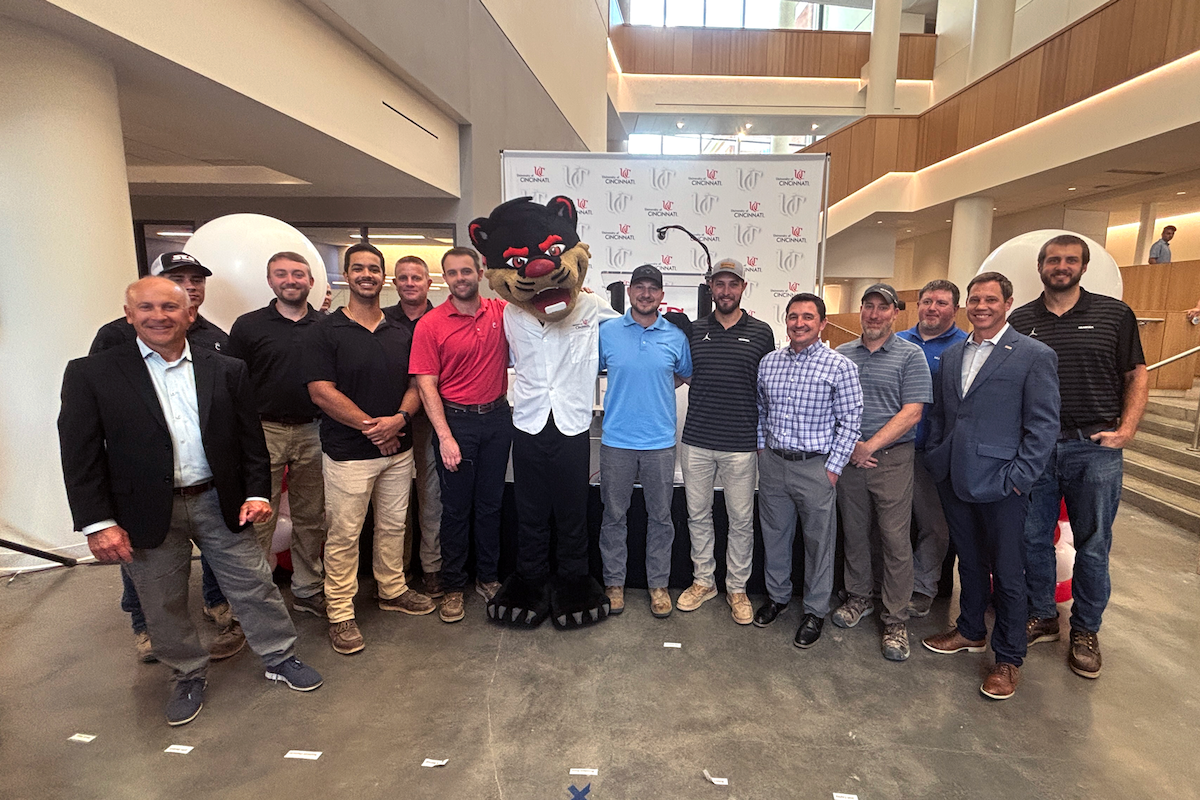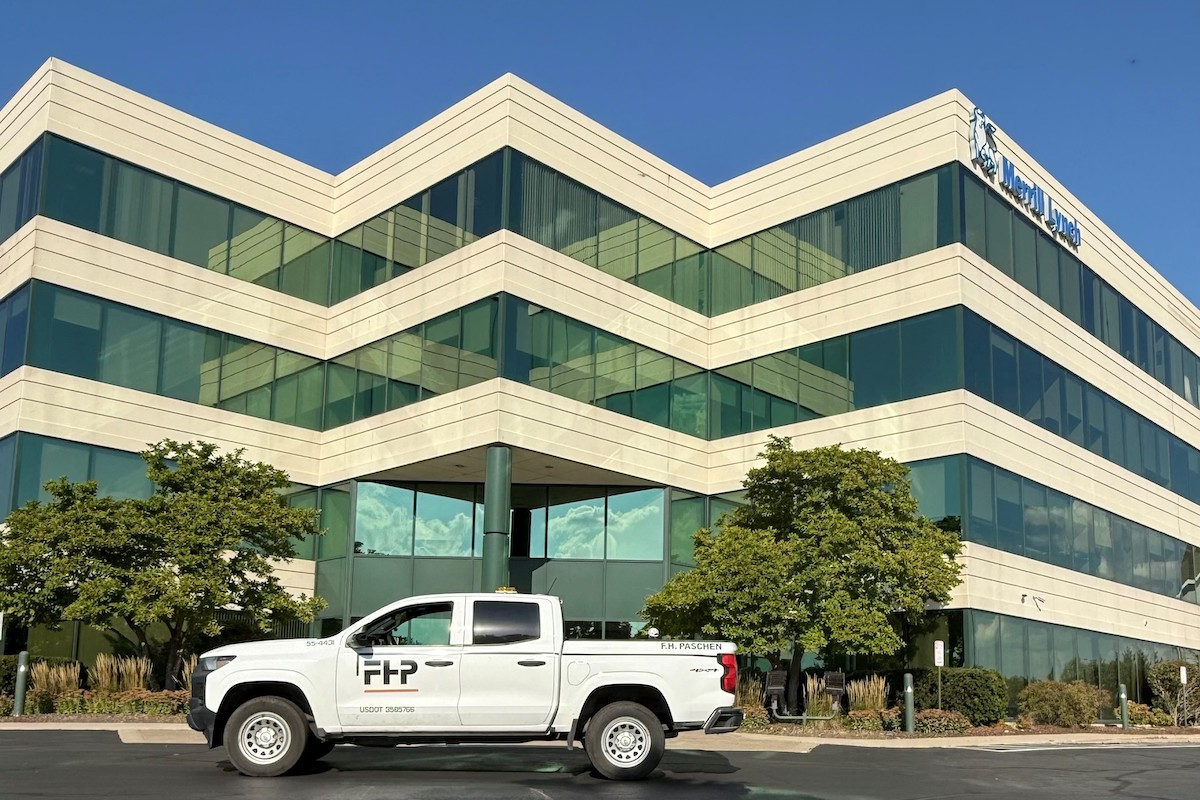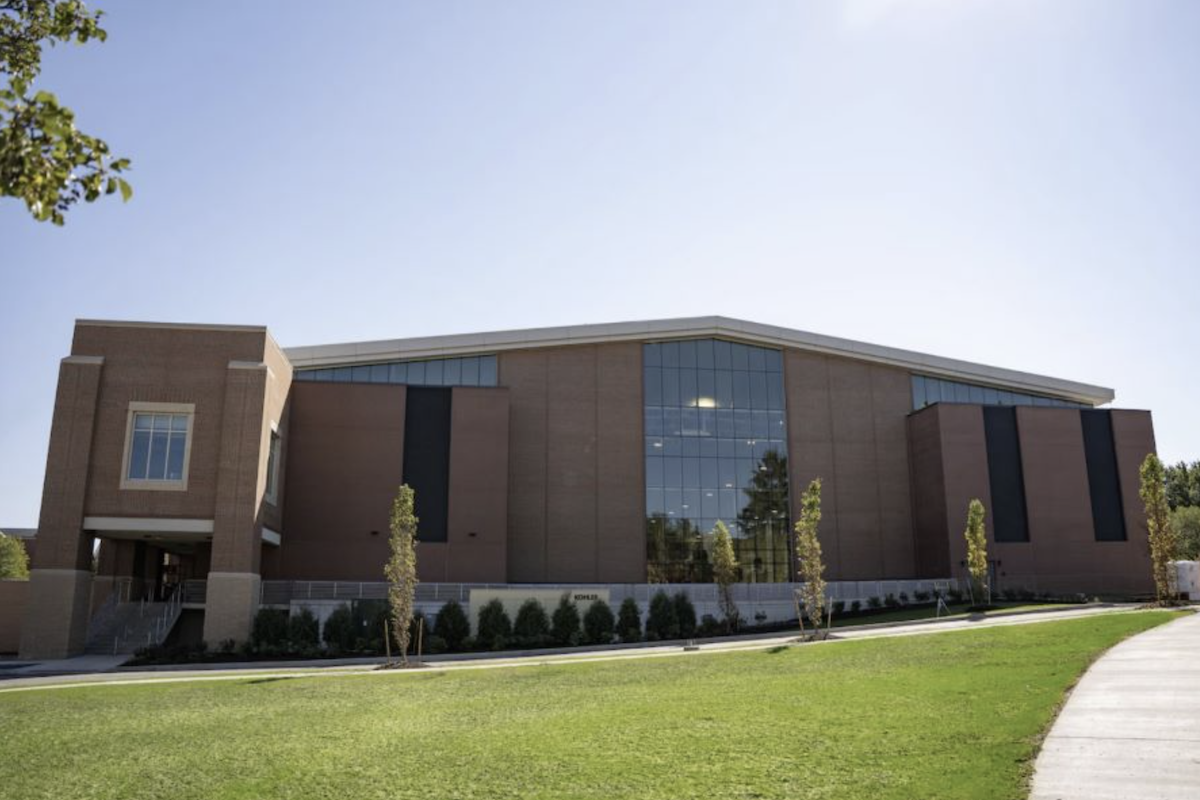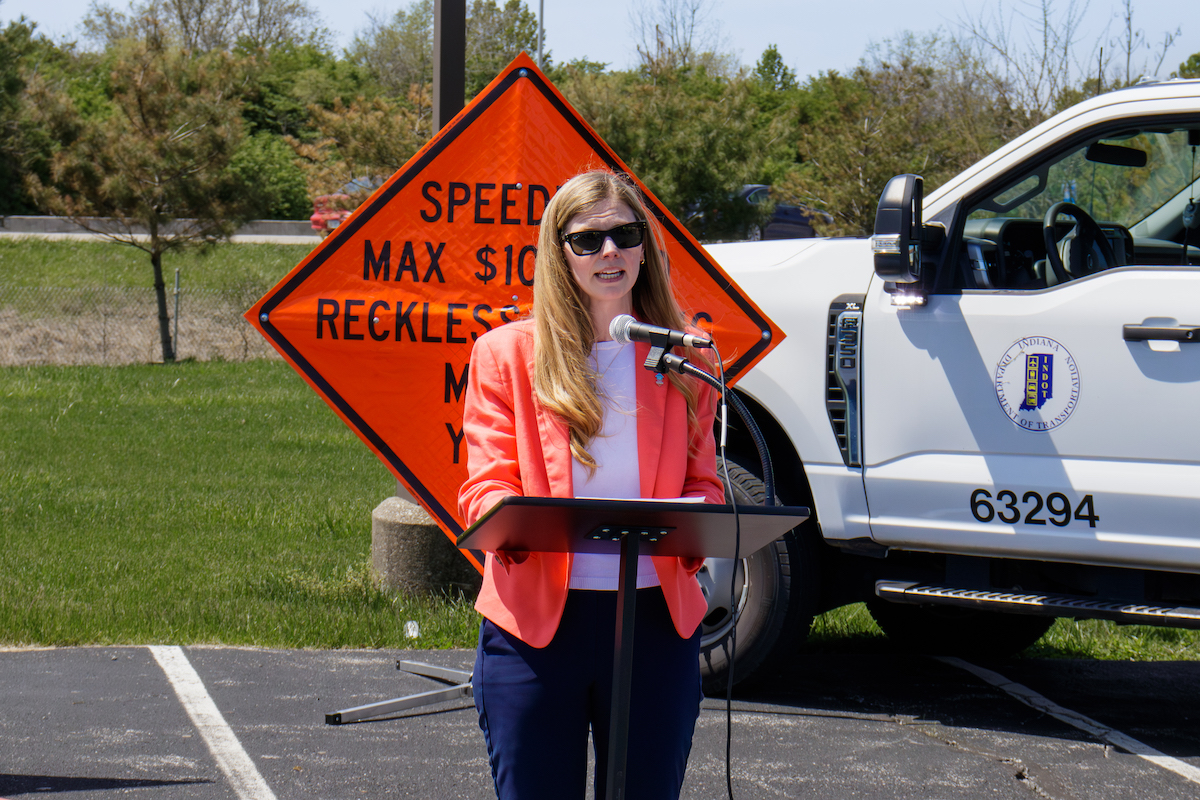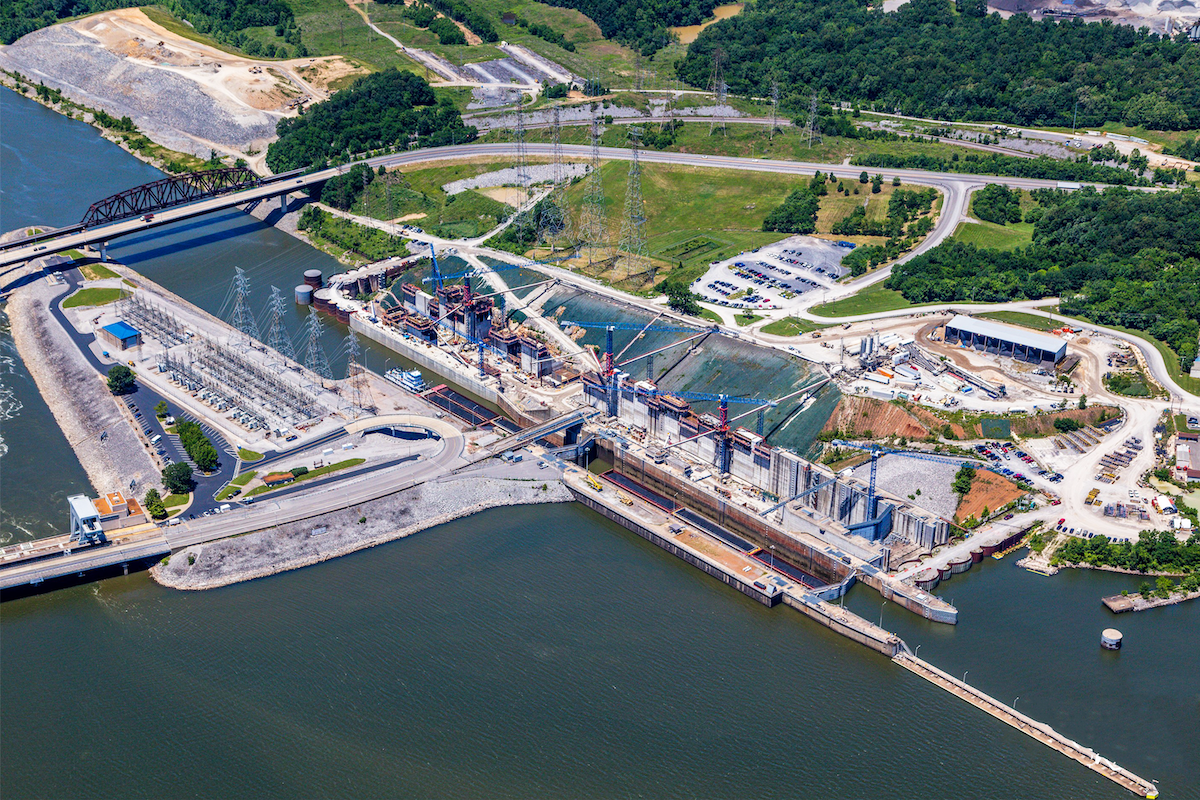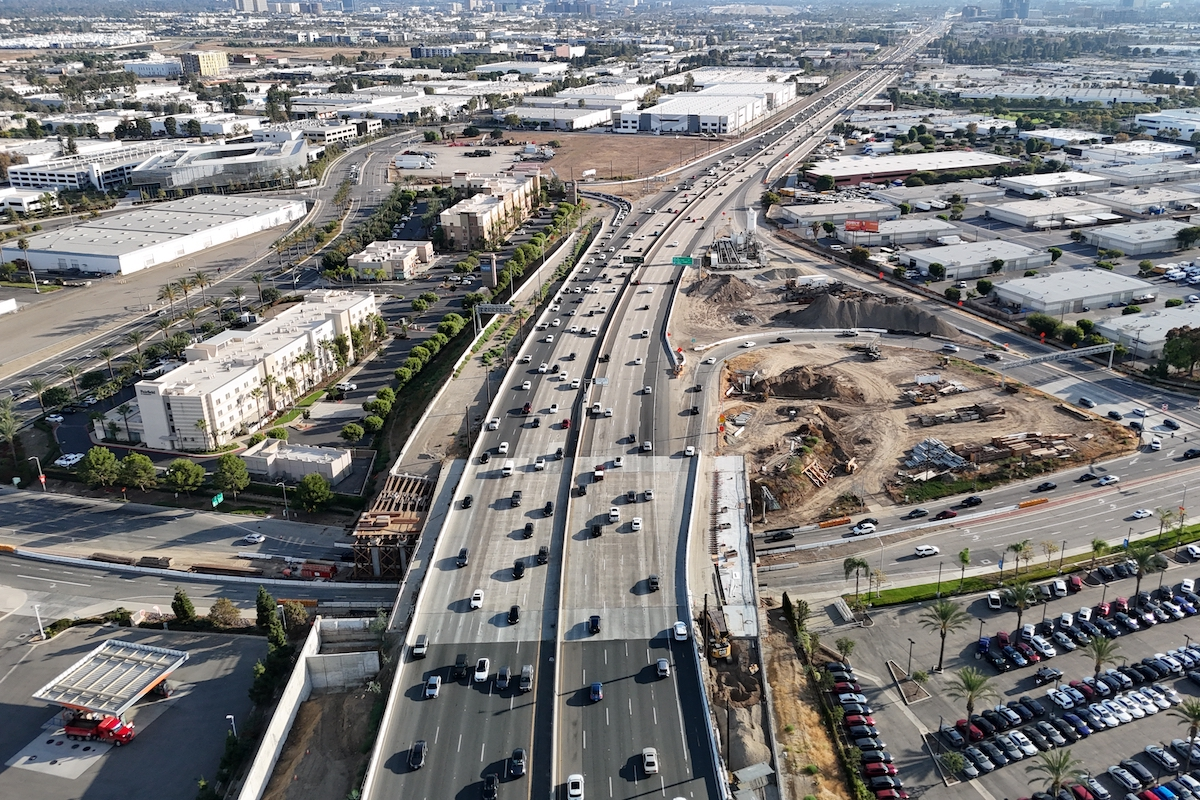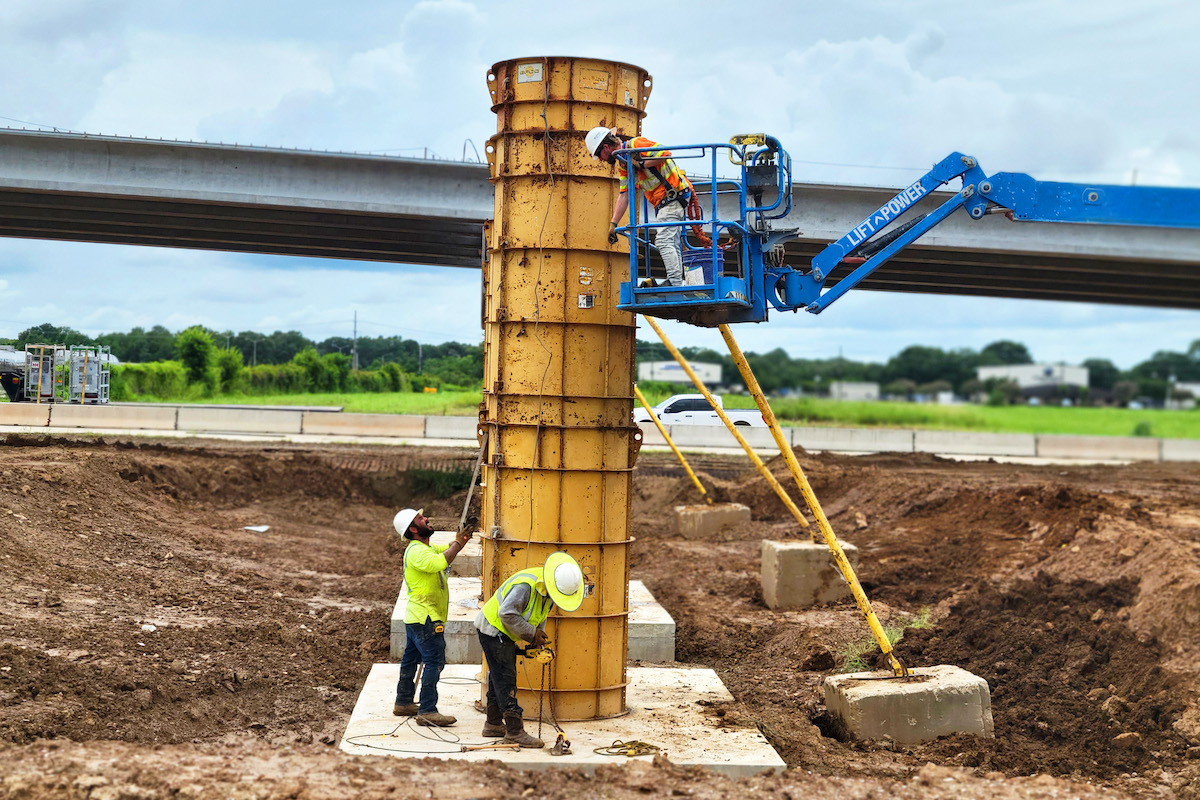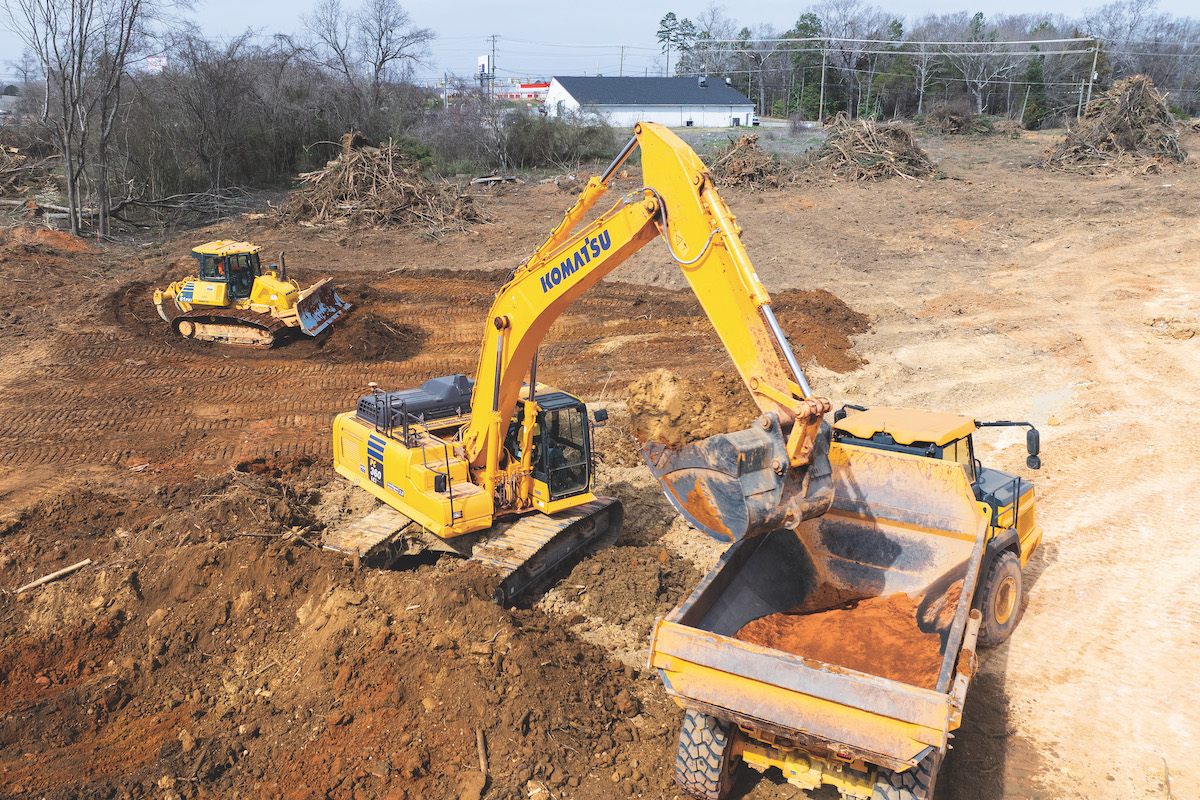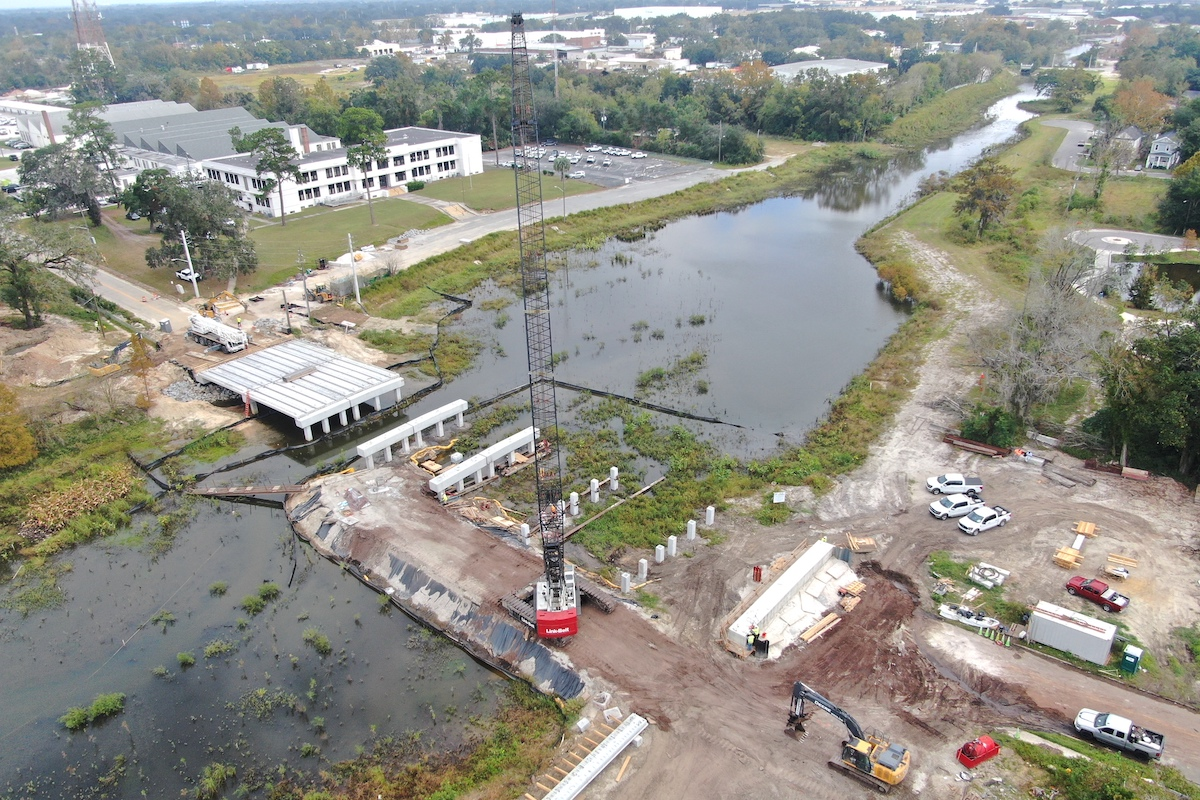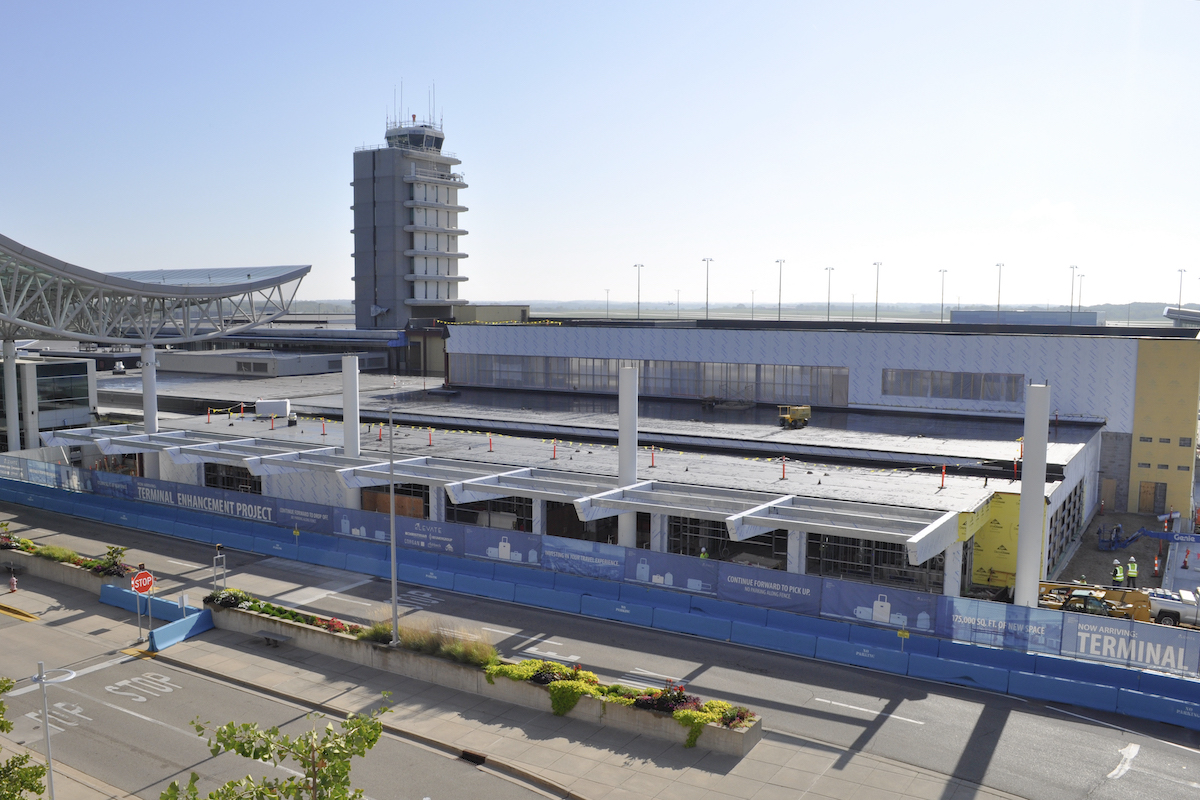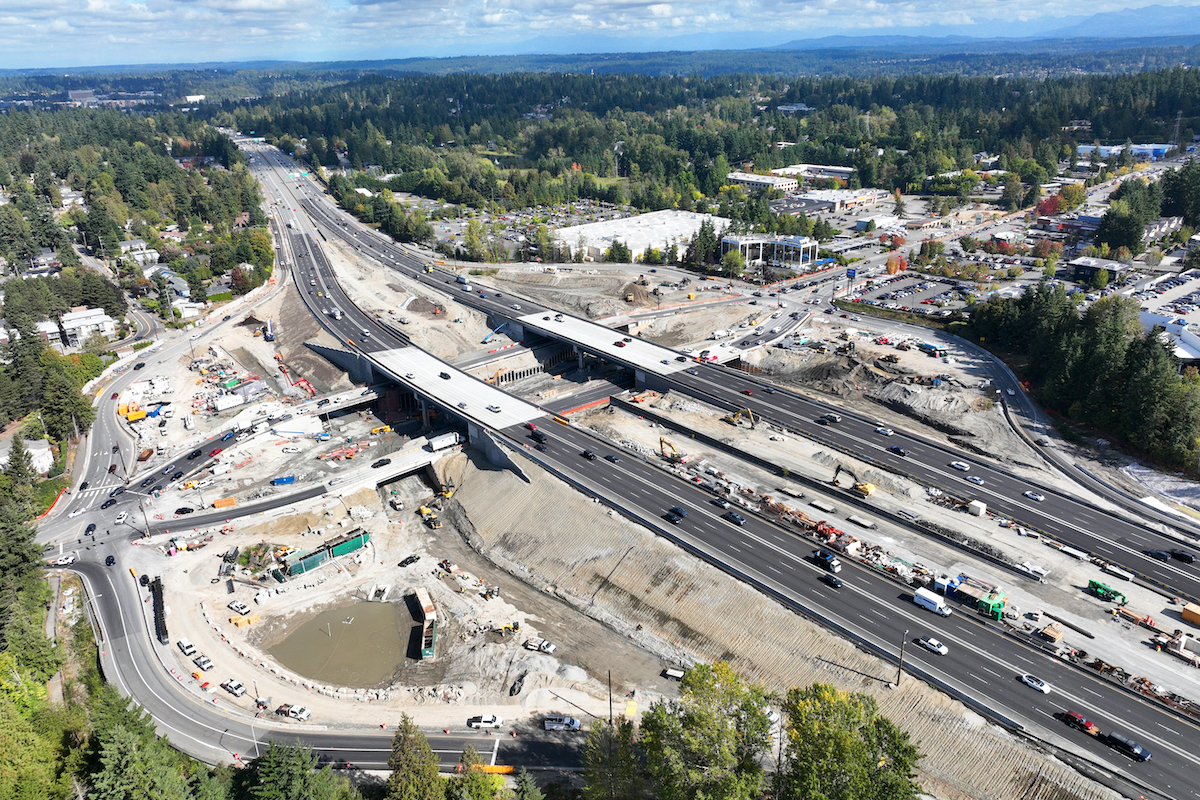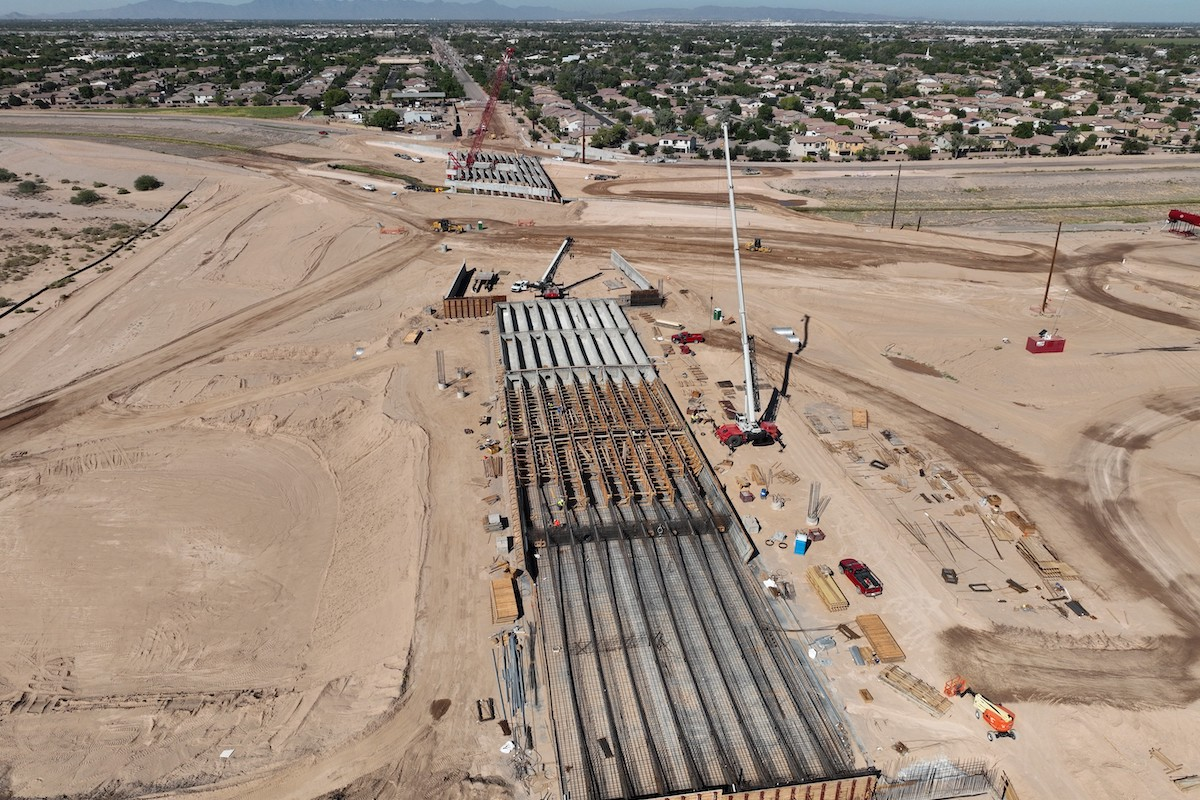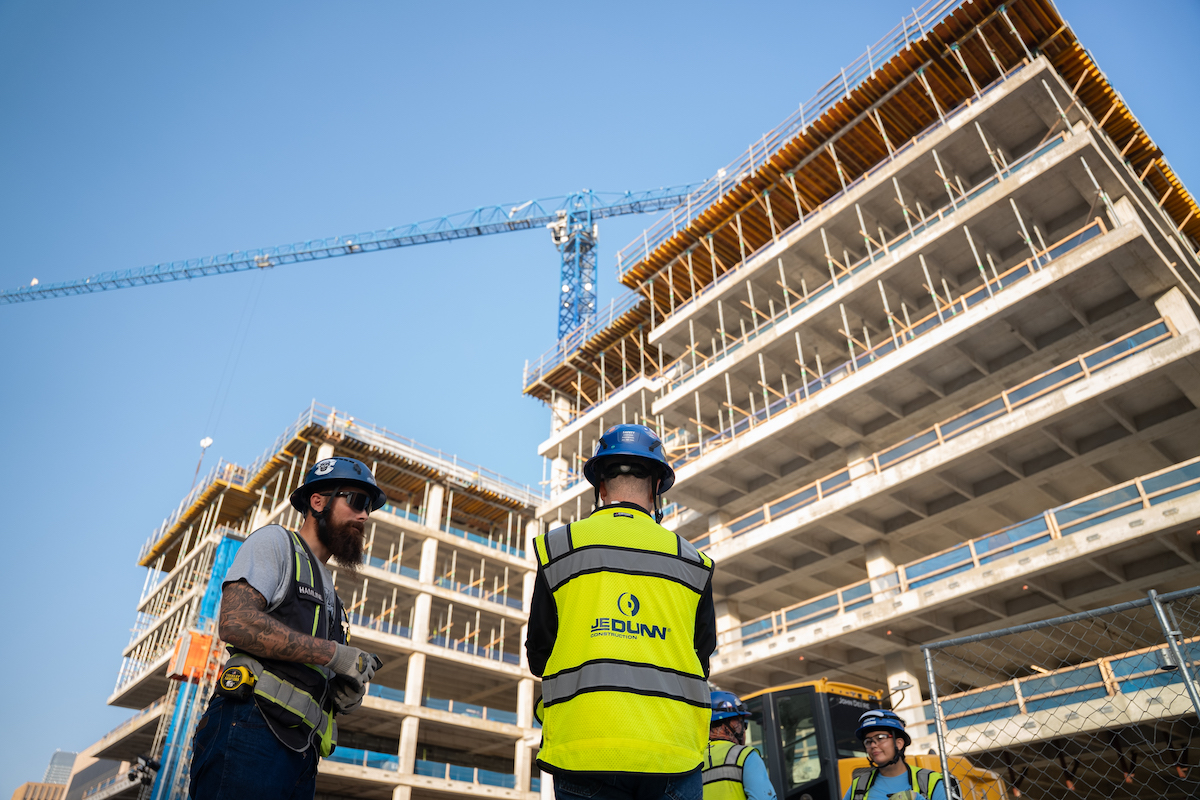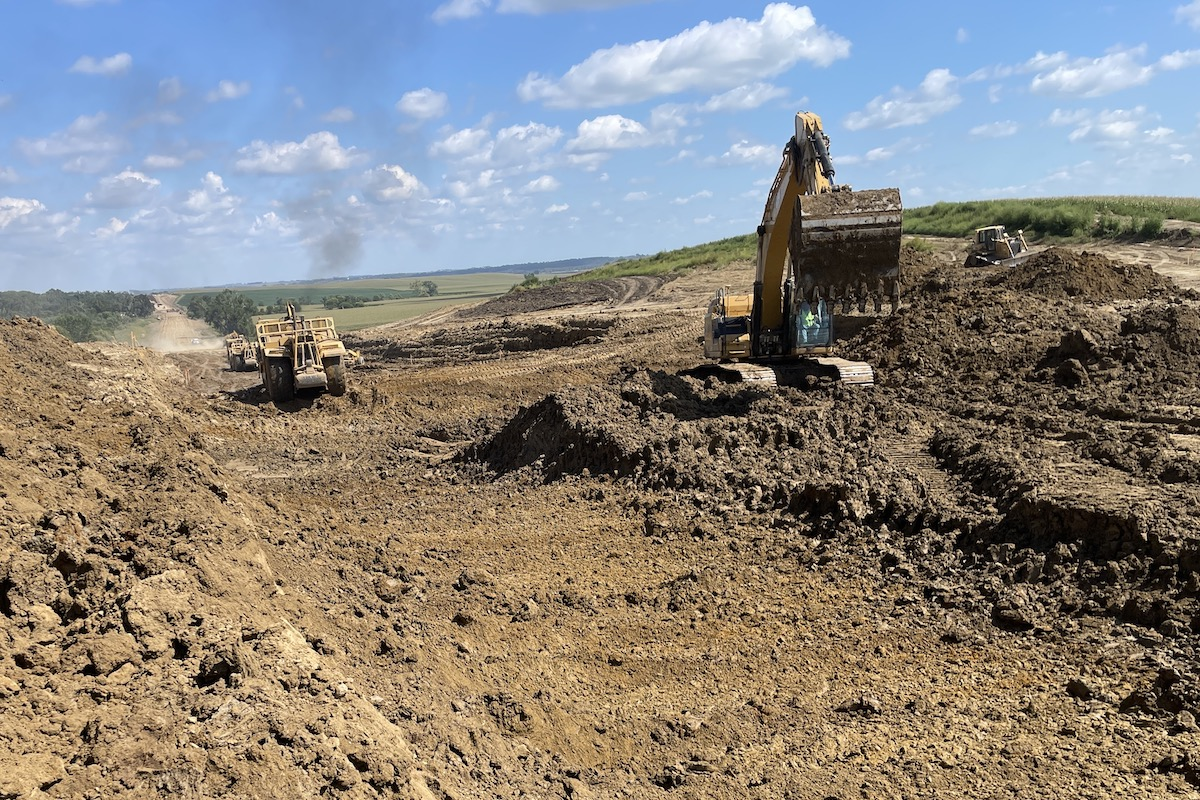Construction is reaching a boiling point: teams are overwhelmed with project data while overly reliant on manual labor and operating on razor-thin margins.
Project management in construction needs to be rewired, and fast. Construction companies can tackle challenges head-on with the help of AI, streamlining processes while nurturing a safer and more collaborative working environment for both field crews and office staff.
Here’s how companies can leverage AI to improve construction workflows, reduce friction between teams, and drive trust and transparency with various stakeholders.
According to the 80/20 rule, also known as the Pareto principle, 80 percent of outcomes are shaped by 20 percent of processes. The Pareto principle provides an excellent basis for identifying where integrating AI into workflows makes the most sense. Construction companies need to prioritize high-impact workflows when mapping out AI deployment.
AI solutions are designed to help teams work smarter. Project setup, daily field paperwork, and data handling may seem like minor parts of project management — yet mistakes here often trigger lien waiver issues, costly delays, and misunderstandings between office and field teams, leading to avoidable stress for all parties.

| Your local Deere & Co dealer |
|---|
| West Side Tractor Sales Co |
Instead of relying on manual processes, companies can automate timekeeping, billing and invoicing, lien waivers, and document tracking with AI. Beyond reducing disputes and shortening billing cycles, this frees project leaders and teams from repetitive tasks. They gain bandwidth to focus on high-value tasks like project planning, health and safety, data-driven project management, and worker wellbeing.
What seems like a small efficiency gain translates into stronger collaboration, healthier cash flow, and reduced employee burnout.
AI should seamlessly integrate into existing workflows, not force teams to adapt to new processes. Poorly planned AI deployment can negatively disrupt tasks, creating friction rather than efficiency.
Seamless integration needs to be prioritized, where AI is interoperable and compatible with existing systems and workflows. Field crews and project managers are already pressed for time. Rather than totally overhauling workflows, construction companies should integrate AI so it augments task execution — acting as a time saver, not a time waster.

| Your local Case Construction Equipment Inc dealer |
|---|
| Burris Equipment |
AI works best in the background, revealing useful information and insights or automating repetitive processes alongside how teams already work. If AI deployment requires additional administrative work or effort, backlash is much more likely.
Moreover, imposing total overhauls and new ways of working raises the risk of AI resistance. AI solutions need to be positioned as a decision and project supporter in order to overcome misconceptions that they will replace teams.
By championing an approach built on how AI tools support teams in existing workflows, greater trust of the technology can be nurtured. This is integral to the needed cultural shift, where crews see AI as a tool to make their jobs easier — whether that’s less paperwork; improved health and safety; or faster, more informative data insights to increase efficiencies.
In addition to easing pressures on internal teams, AI can also benefit external stakeholders — customers, engineering firms, architecture firms, owners' representatives, oversight inspectors, subcontractors, lien holders, financial stakeholders, regulators, and more. All of these parties expect clarity and accountability.

| Your local Wirtgen America dealer |
|---|
| Brandeis Machinery |
Transparency is a crucial part of communicating with external stakeholders — but ensuring that full transparency can cause stress and require extra time investment from field crews and office teams already stretched thin. AI tools can be used to retrieve valuable insights that help strengthen transparency around decision-making and project management.
Moreover, AI is useful for gaining trust in applying these tools to projects in the first place. Showcasing the results driven by AI tools through KPIs like faster billing cycles or measurable productivity gains can help secure external stakeholders’ buy-in. It’s imperative that clients and other stakeholders understand the rationale behind AI integration.
Of course, transparency also means accountability. Construction companies must audit how AI tools influence decisions, ensure compliance with data regulations, and include reporting requirements in their AI adoption strategy. This not only appeases stakeholders but also strengthens brand reputation in an industry where trust is paramount.
The industry’s labor shortage, safety issues, and operational challenges are not temporary hurdles — they are structural challenges that demand new solutions. AI is not just about efficiency; it’s also about protecting workers, reducing stress, and creating a healthier industry culture.

| Your local Sennebogen LLC dealer |
|---|
| Brandeis Machinery |
By prioritizing high-impact workflows through the Pareto principle, reducing friction via AI integration, positioning AI as an augmentation tool, and fostering transparent communication with stakeholders, companies can provide relief where it’s needed most.
The result is more than improved project performance — it’s a construction industry where workers feel supported rather than overburdened, where burnout is addressed proactively, and where AI plays a critical role in making one of the toughest jobs collaborative and more sustainable.
Hari Vasudevan, P.E., is a serial entrepreneur at the forefront of AI, utilities, and construction management. As Founder and CEO of KYRO AI, he drives transformative advancements in construction, vegetation, utility, and field services through AI-powered software. He holds bachelor’s and master’s degrees in civil engineering, along with professional engineering licensure in multiple states.




